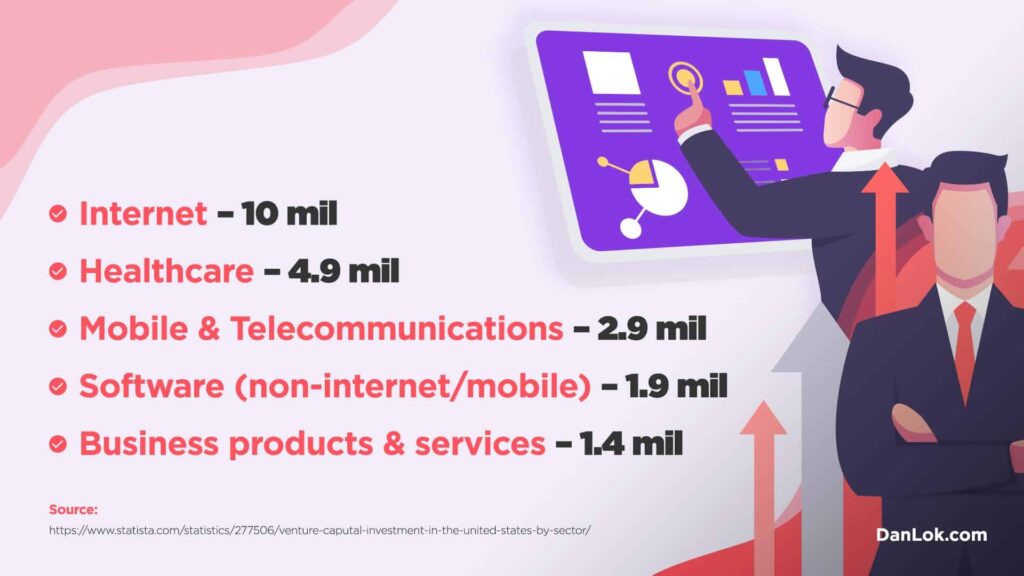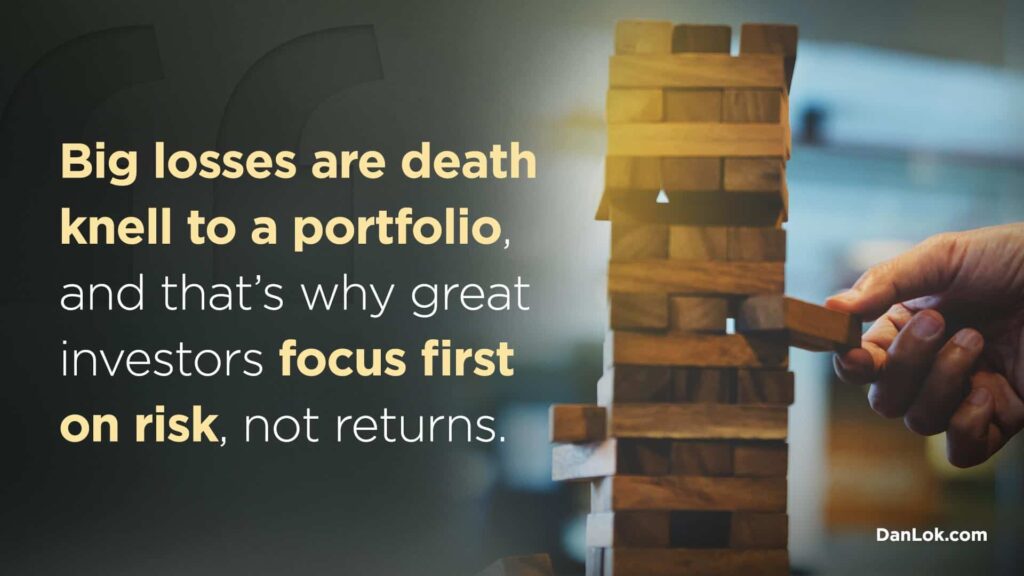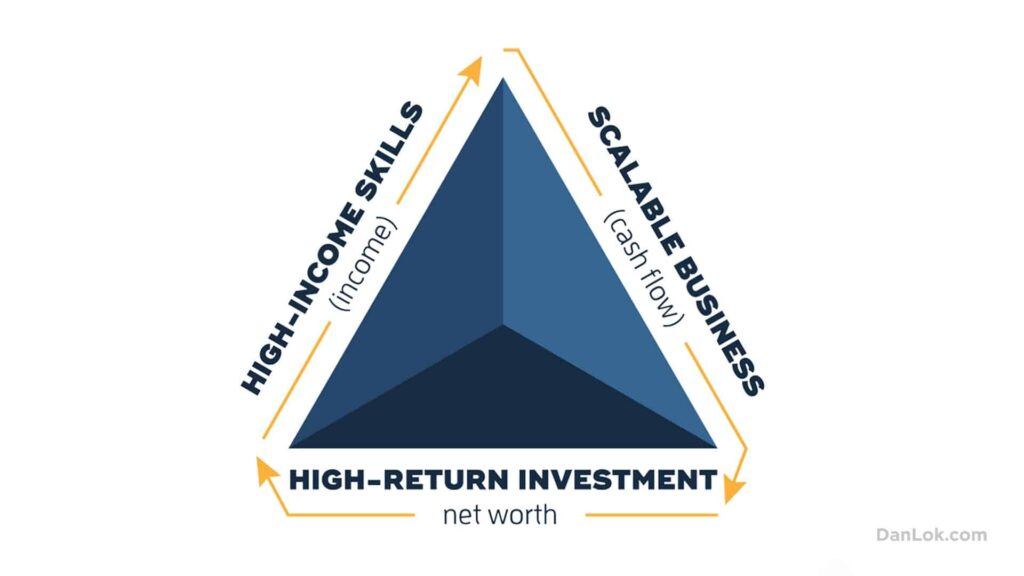This is something every expert, coach, consultant, or business owner should do, as the more value you give the more comes back to you in time.
So, today you’ll discover how to hire the right people for your team and how to build a powerful team of A players.
How To Build A Powerful Team
Business is a team sport, and as you know, you can only do so much as the CEO of your company.
I truly believe in hiring people who have greater skills than you in their area of expertise.
Because if you’re the most productive, smartest, and best-skilled person on your team, you’ll ALWAYS be the bottleneck.
Before you even think about hiring anyone, you must get CRYSTAL CLEAR on these 3 things >>
One of the best ways I’ve found to build a powerful team is by finding out what your team members’ goals are.
What are they motivated by?
Figure this out and you’ll get the best out of your team.
How To Hire The Right People
Once you’re clear on your vision, mission, and culture, you’re ready to find the people who’ll fit that culture and help you achieve your vision and mission.
After all, your business will never reach its full potential if your team doesn’t believe in what you do or fit the business culture.
I adopt a very unorthodox way of hiring talent.
In fact, I NEVER look at resumes.
I don’t care about their past, I care about their future.
I also care about attitude and culture fit.
I don’t even hire for skills necessarily…
In fact, a lot of my team members didn’t start out in their current roles.
I like to promote from within, so a few years after someone joins my team, they could be working in a completely different role.
Why You Always Want To Hire People More Capable Than You
One thing I’ve noticed a lot is CEOs hire based on their insecurities.
Here’s what I mean.
If you’re always hiring people who aren’t as skilled as you because you think they’ll be easy to control, your company will find it hard to grow.
I mentioned earlier that you’d always be the bottleneck, but it’s far deeper than that.
Your job as the CEO isn’t to do each task better than your employees.
Your job is to be the captain of the ship…
The visionary…
The person who puts everything together and directs your employees to help you build the company’s vision.
That’s why you hire people who are experts in their field because it’s unlikely you have all the skills needed to build your vision.
How To Differentiate Between a Superstar and a Super-talker
When you’re looking for A players, here’s one thing I’ve learned.
There are people who talk a big game, and there are those who can deliver a big game.
Let’s pretend you’ve hired someone you believe will be a huge asset to your team.
Here’s how you find out which category they’re in.
You give them what I call a lame horse.
If they produce great results with the lame horse, only then do you upgrade their horse and watch them soar.
How CEOs Communicate Effectively To Their Team
Here’s something that trips up a lot of CEOs, including me, [Name].
You see, it doesn’t matter how clear you are on your vision and mission and how high-performance your team members are…
If you can’t communicate with them effectively, the tasks you give them won’t be executed with precision.
I’ve had moments in my business where I was absolutely crystal clear on what I wanted the project to look like…
But when I received the first version, it was nothing like I thought I’d explained it.
I realized that I was the issue.
I needed to get better at explaining how I wanted the project to look.
Communication is the message sent, message received, and message acted upon.
How to Get Crystal Clear On Where Your Business Is Headed, So You Can Lead Your Team To Victory
Before we wrap this up, I wanted to share with you a powerful way to gain clarity on your vision, mission, and business so you and your team can operate at the highest levels possible.
I know it’s not related to hiring a team member, but as we’ve moved on to getting the best out of your team members, I think it’s relevant.
The secret lies in what I call “think time”.
Every day I set aside a certain amount of time to think about where my business is at.
I ask myself 3 simple yet powerful questions >>
These questions allow me to figure out the best next steps forward and much much more.
Every successful person I know allocates time to think time.
Because you’re busy every day, you don’t have time to sit down and think about things.
That’s why think time is so important.
In closing, the word “clarity” has come up a lot in this newsletter.
Getting crystal clear as often as possible will help you in every aspect of your business from making key decisions to hiring the right people and more.
Until next time, go high ticket,
Dan Lok
P.S. – If you want to hit 6 figure months you’re going to need complete clarity on your high ticket offer.















